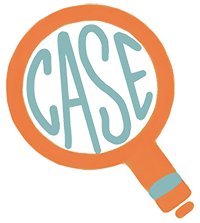Waste Management
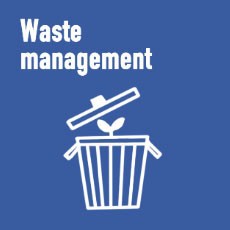
This sector includes activities related to the management (including collection, treatment and disposal) of various forms of waste, such as solid or non-solid industrial or household waste, as well as contaminated sites. The output of the waste or sewage treatment process can either be disposed of, or become an input into other production processes. Water supply activities are also grouped in this sector, since they are often carried out in connection with, or by units also engaged in, the treatment of sewage. (adapted from International Standard Industrial Classification of All Economic Activities (ISIC), Revision 4, Part 3, Section E).
Water resources and water pollution
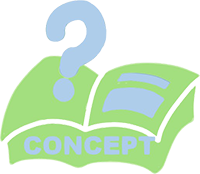
Water resources are natural sources of water that occur on the Earth that are of potential use to humans. Safe drinking water and adequate sanitation and hygiene are fundamental to the protection of people's health. However, this crucial-for-life resource is being contaminated and wasted. According to the World Bank, there are currently 2.1 billion people who do not have access to safely managed water and 844 million who do not have a basic drinking water supply. Given that the fresh water resources are limited, but will be needed much more in the future, ensuring access to safe drinking water and adequate sanitation for everyone, everywhere, directly contributes to achieving good health and wellbeing (The World Bank, 2018).
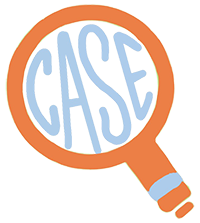
Wastewater treatment in Hong Kong
Closed-loop economy

The closed loop model is a biomimetic (life-imitating) approach, which takes nature as an example and considers that systems should work like organisms, processing nutrients that can be fed back into the cycle—hence the terms 'closed loop' or 'regenerative' used to describe it. The closed-loop economy is also called the 'circular economy' and it is an industrial system that is restorative or regenerative by design. It replaces the ‘end-of-life’ concept with restoration, shifts towards the use of renewable energy, eliminates the use of toxic chemicals, and waste by improving the design of materials, products, systems and business models (Ellen MacArthur Foundation, 2016).


How sustainable fashion contributes to the closed-loop economy?
Waste management
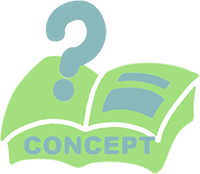
Waste management is the collection, transportation and disposal of garbage, sewage and other waste products. Important reasons for working towards proper waste management are to protect the environment and support the health and safety of the population. Certain types of waste can be hazardous and can also pollute the environment. Bad waste management practices can also cause land and air pollution resulting in serious medical conditions in humans and animals. Good waste management, on the other hand, can help save costs as it reuses materials, conserves natural resources and creates safer environment, including workplaces (Department of Industry, Innovation and Science(AU) , 2018).
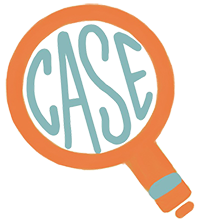
Hong Kong’s awareness on waste management
Land contamination
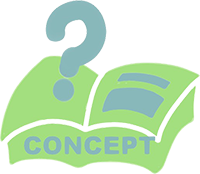
Contaminated land mainly refers to land that has been polluted by hazardous substances as a result of anthropogenic (human-centered) activities (e.g. industrial or commercial operations) carried out on, and around, a site over the years. Sites previously used by some trades may contain contaminated soils, such as those used for boat/ship building or repairs, chemical manufacturing/processing, concrete and asphalt production, motor vehicle repairs, petrol filling stations, oil storage installations, metal scrap yards etc. (GovHK, n.d.).
